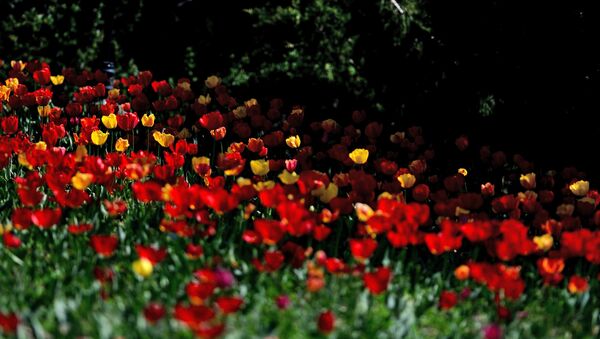Anesthetics were first used in the 19th century when surgery patients inhaling ether gas stopped feeling pain. Since that time, many chemical compounds have been used to produce anesthetics.
Although these chemicals have been in use for over 150 years, scientists still don't precisely understand why such structurally-different compounds cause a loss of consciousness.
A recent study, led by plant cell biologist Frantisek Baluska at the University of Bonn in Germany, revealed that parts of plants, including Mimosa leaves, pea tendrils, Venus flytraps and sundew traps all lost autonomous and touch-induced reaction movement when exposed to anesthetics.
"Plants are not just robotic, stimulus-response devices," Baluska said, cited by The New York Times.
"They're living organisms which have their own problems, maybe something like with humans feeling pain or joy," he stated, adding, "In order to navigate this complex life, they must have some compass."
Researchers placed plants in glass chambers with ether gas, soaked their roots in lidocaine and also measured the electrical activity of Venus flytrap cells. After being in these conditions for an hour, plants became unresponsive. Venus flytraps no longer produced electrical signals and their traps stayed open even when trigger hairs were touched. Similarly, growing pea tendrils stopped autonomous movement and froze in a curled shape. Researchers also noticed that anesthetics hindered seed germinal and chlorophyll production in cress seedlings.
When the anesthetics wore off, plants returned to their normal state of "consciousness."
The findings, published in the journal Annals of Botany, suggest that the effect of anesthetics on plants at the cellular and organ levels are comparable to that in plants and animals.
Study authors asserted that plants can be used test objects for anesthetic use in humans.


